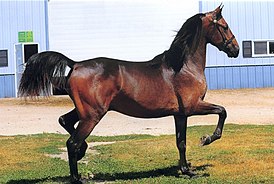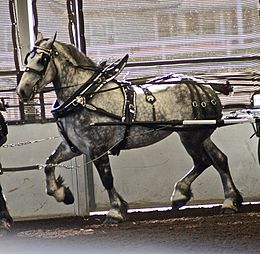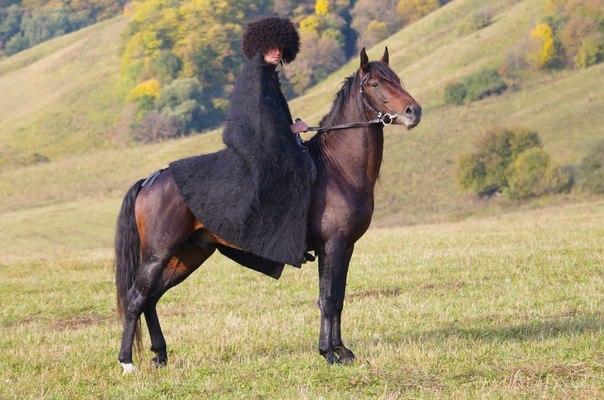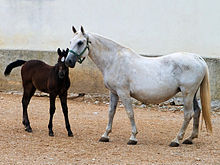HORSE BREEDS (part 2)
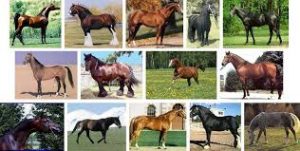 Although some believe that only Arabian and English thoroughbred belong to purebred breeds. The remaining breeds are considered warm-blooded or half-blooded. About horses of other breeds, one can say purebred, but it is not customary to say purebred.
Although some believe that only Arabian and English thoroughbred belong to purebred breeds. The remaining breeds are considered warm-blooded or half-blooded. About horses of other breeds, one can say purebred, but it is not customary to say purebred.
A bedrock is a breed that can survive in a certain area without interbreeding with other local breeds or breeds brought from abroad.
A heavy truck is a workhorse whose build, muscles and stamina allow you to carry heavy loads. Heavy breed horses are usually large, massive, with a large head and well-muscled muscles. The most famous breeds of this group are barbanson, bred in Belgium; Shire breed bred in England; perchers (French district of Pershi). From domestic breeds – Vladimir heavy truck, Russian heavy truck and Soviet heavy truck.
Draft breed – strong, medium height, massive. They are capable of relatively quickly transporting goods, wagons and crews. Such breeds as Belorussian, Latvian, Torii are widely known.
Arab breed. There are pure Arabian horses, half-breeds and Anglo-Arabs. Pure Arabs are in fact the only true purebred breed, because for centuries this breed was kept clean, without the admixture of other breeds. Anglo-Arabs bred by crossing purebred horseback with Arabs.
Heavy breeds came from stocky horses that lived in the forests of central Europe. Most heavy horses are hard-working and can be used as draft horses.
Half-blooded. The term “half-blood” refers to an admixture of Arab blood in a horse’s pedigree. An admixture of Arab blood is considered a refinement or improvement of the breed. The degree of nobility of a half-breed breed depends on the proportion of hot blood in the process of breeding.
Pony. All horses with a height at the withers of 1.52m or less. Compared to horses, ponies have a disproportionately large body in relation to growth, and because of their short legs they have a different move. Ponies were bred as strong working horses adapted to the harsh climate. For their small size, ponies are unusually strong and hardy. There are many breeds of ponies, which are very popular in various parts of the world – in England, America, European countries. The most famous pony breeds that can be found in our country are Shetland and Dutch.
Riding horses. The structure of the hull and the course of light horses ensure their suitability for riding. The horse should be free, correct, even, with good work of the pelvic limbs. Step and trot, canter and gallop must be performed perfectly. Riding horses bred specifically for riding. Domestic breeds – Akhal-Teke, Tersky, Ukrainian horse, Russian horse. Foreign – Arabian, thoroughbred horse.
Trotters. A distinctive feature of the trotter is a straight neck, a less protruding withers and the work of the wrist when trotting. Lynx – the main form of the horse’s move – should be free, sweeping and fast. The horses of trotting breeds are capable of transporting light sledges to trot at high speed. Perhaps the most famous breed is the Oryol trotter and the Russian trotter.
Competitive horses. Although competitive horses are riding horses, they must have some structural features. The back should be short and strong. Horses with long backs cannot jump well. Of particular importance are dry and strong joints of the legs.
Dzhigitovye. Dzhigitovye breeds were not specially bred, but horses that were suitable for their physiological and psychological qualities were selected. Historically, rocks widespread in central Asia, the Caucasus and Cossack lands were used for horse riding.
